An energy expert explains millions of Texans suffered a barrage of winter storms without heat in their homes. Ron Jenkins image via Texas Monthly.
— News covered by Quincy from Quincy Quarry News with commentary added.
What went wrong with Texas’s main electric grid and could it have been prevented?
From Quincy Quarry’s media brethren at Texas Monthly comes an accurate, concise, and informative interview with a Texas energy expert on why things hit the fan in Texas during its recent stint of record-breaking and then some arctic cold weather slamming the Lone Star State.
While many other media talking heads are yet again talking without actually knowing all that much about what they are talking about, much less why what happened happened, this interview sagely sums up things.
Key to understanding what happened in Texas is that its variously unique ISO grid only spans most of but one state and was designed per Texas’ unique criteria rather than the federal criteria adhered to by all other domestic ISO’s.
This opting for independence from federal control should come as no great surprise to anyone as things are different in Texas.
In turn, the differences in the system design criteria set by the Electric Reliability Council of Texas (“ERCOT”), the ISO for most of Texas, include the following and which played major roles in giving rise to the recent power blackouts suffered during the recent arctic cold snap that froze Texas solid.
One is that the maximum available system electricity production target was set to handle a major heatwave rather than an arctic cold snap.
In turn, as well as simply put, cooling the inside of buildings to around 70 degrees when it is 110 or so outside requires less energy than raising inside temperatures to 70 degrees when it is running a record-breaking and then some 0 or lower outside.
In fact, way less energy.
Given that Texas is known for its more moderate warm to outright hot weather and its recent arctic cold snap blew well past previous record colds as well as lasted longer than what can be found in recorded meteorological history, one thus has to cut ERCOT some slack on this particular system design criterion.
After all, preparing for the wholly unexpected to points well past precedents costs money.
in fact, a lot of money if the goal is to prepare Texas for an unprecedented but still relatively short-term stint of cold weather on the order of what is typical winter weather in – say – Minnesota.
Additionally, not only would considerable spending be needed to arctic grade winter harden Texas’ power generation infrastructure, building codes for all infrastructure should also be similarly upgraded and so up would go the costs of construction.
For but one example, Texas buildings are currently designed to keep heat out rather than to keep cold out.
Granted, any sort of insulation is better than no insulation, but to cope with both summer heat and extreme instances winter cold requires additional costs.
At the same time, it must be noted that nowhere does this Texas Monthly interview compellingly explain why Global Warming should result in a brutal arctic cold snap hitting the southern and generally warm to red hot state of Texas.
Accordingly, Quincy Quarry would thus suggest that perhaps the recent cold snap in Texas is the result of Mother Nature imposing meteorological feedback (payback, ed.) loop of a sort to counter global warming arising from fossil fuel emissions increasing the atmosphere’s ability to retain heat generated by all manner of sources both earthly and care of the Sun.
Next, the ERCOT ISO does not pay energy suppliers to produce a steady baseline level of energy no matter what and instead only pays for energy consumed.
In other words, essentially no buffer is in place whenever things hit the fan.
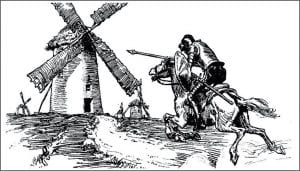
Battling wind power – a Quixotic quest?
Image via tarnkappe.info
At the same time, unlike many other domestic ISO’s, it must be noted that Texas’ electric generation is more reliant on renewable sources than many other domestic ISO’s as roughly 25% of ERCOT’s electricity comes from wind turbines and solar generation and which is a higher level of reliance on renewables than even in deep Blue Massachusetts.
In point of further fact, Texas is by far the largest producer and percentage of wind-generated electricity used by consumers overall as well as a top-five producer of solar-produced energy.
The elephant in the room as well as again, is that the whole of Texas’ diverse as well as commendably green electric power generation mix was not build to weather a typical Minnesota grade winter weather event.
And as for some of the recent media coverage on how some Texans who had power during at least most of the recent arctic weather are now facing huge power bills, this is the result of their opting for paying real-time production costs at the moment of their actual power use rather than the averaged out cost over the course of the year.
As Massachusetts residents who rely on fuel oil for their winter heating needs know, one can similarly opt to go with a set fuel oil price per gallon guaranteeing contract as well as also even level monthly billing over the course of a year, or one can pay what the market demands on the spot price market as needed during the winter when prices can fluctuate wildly. That and perhaps also a special delivery surcharge.
In short, place your bets and pay up accordingly.
And finally, while the Texas Monthly article does lay out a brief that includes addressing how that at just about every step along the way during the recent arctic weather in Texas the various assortment of system design shortcomings at each step along the way hit the fan, there is no mention of any other problems which may have been exacerbated by utility managers working remotely or at least worsened by other sorts of missteps along the way which then resulted in all manner of problems then cascading upon the consumers of electricity in Texas.
Even so, Quincy Quarry is all but certain that in due course such instances of Murphy’s Law hitting the fan will be uncovered care of the all but certain impending as well as likely innumerable reviews of how things went south in Texas.
Read more at: What Went Wrong With Texas’s Main Electric Grid and Could It Have Been Prevented?

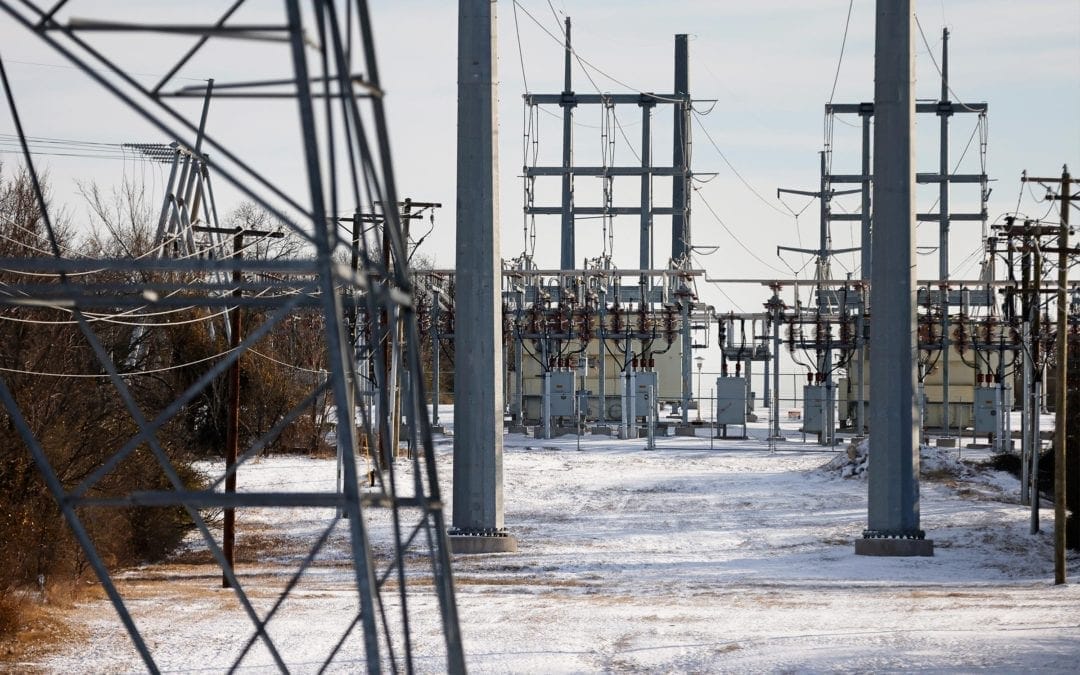

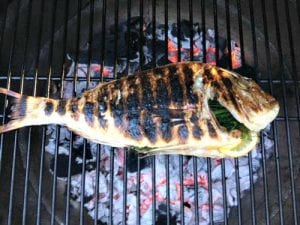



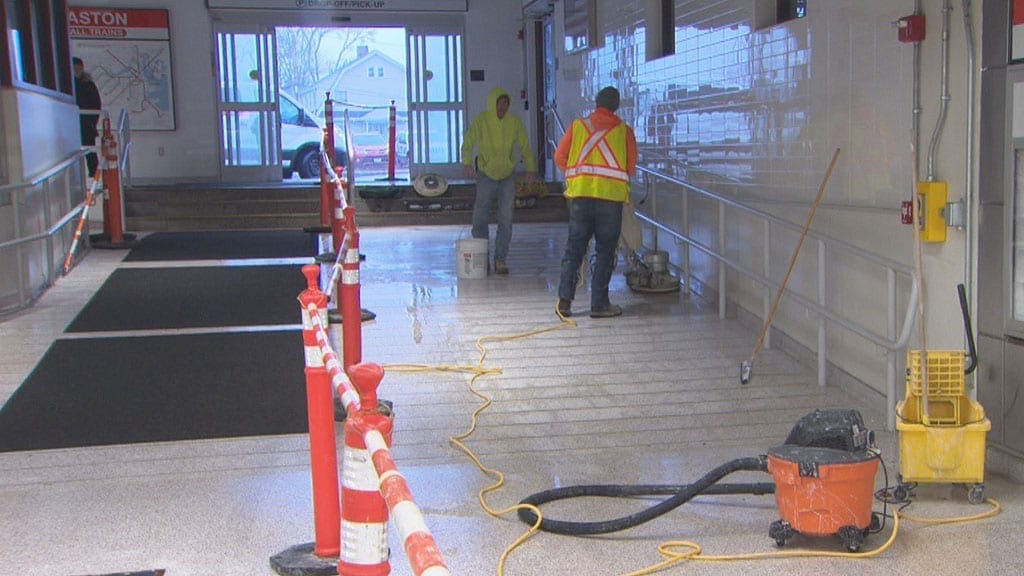
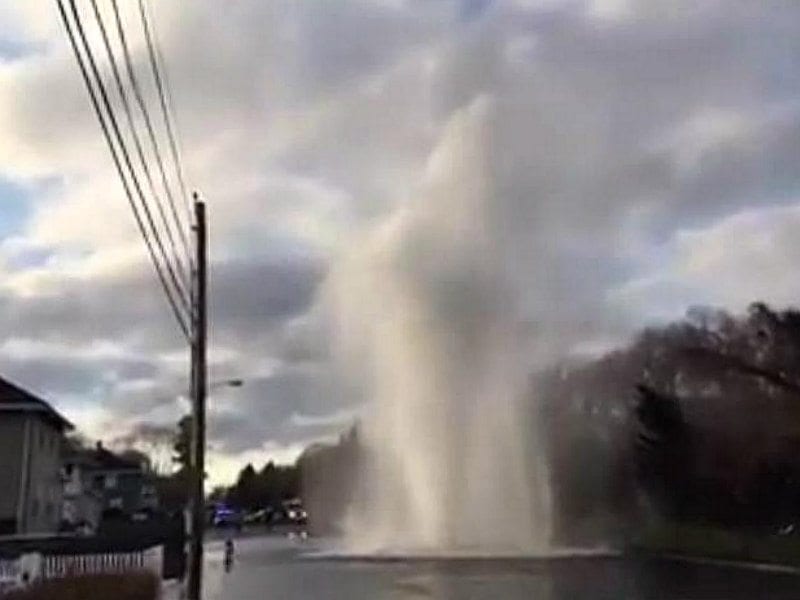

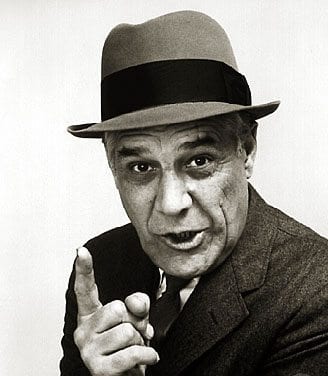








QuincyQuarry.com
Quincy News, news about Quincy, MA - Breaking News - Opinion
No more posts